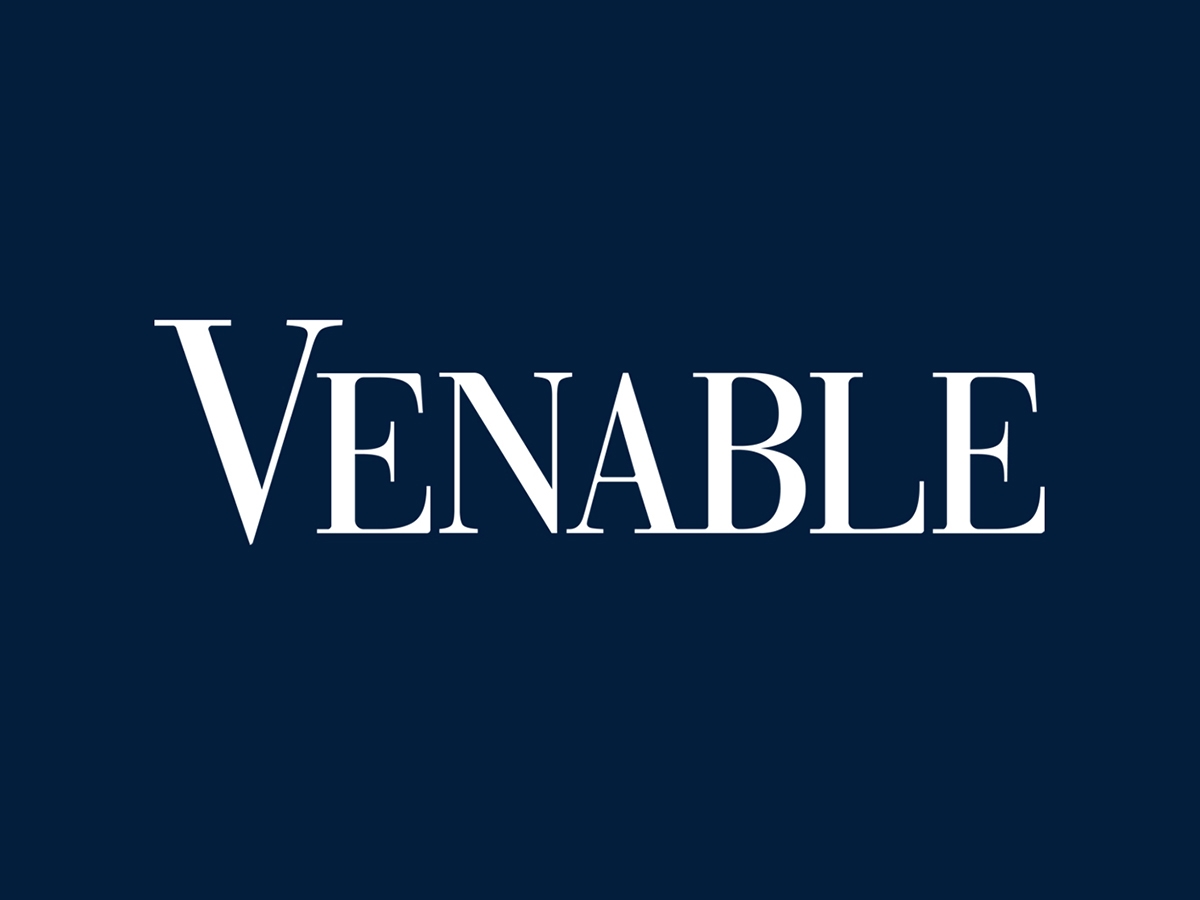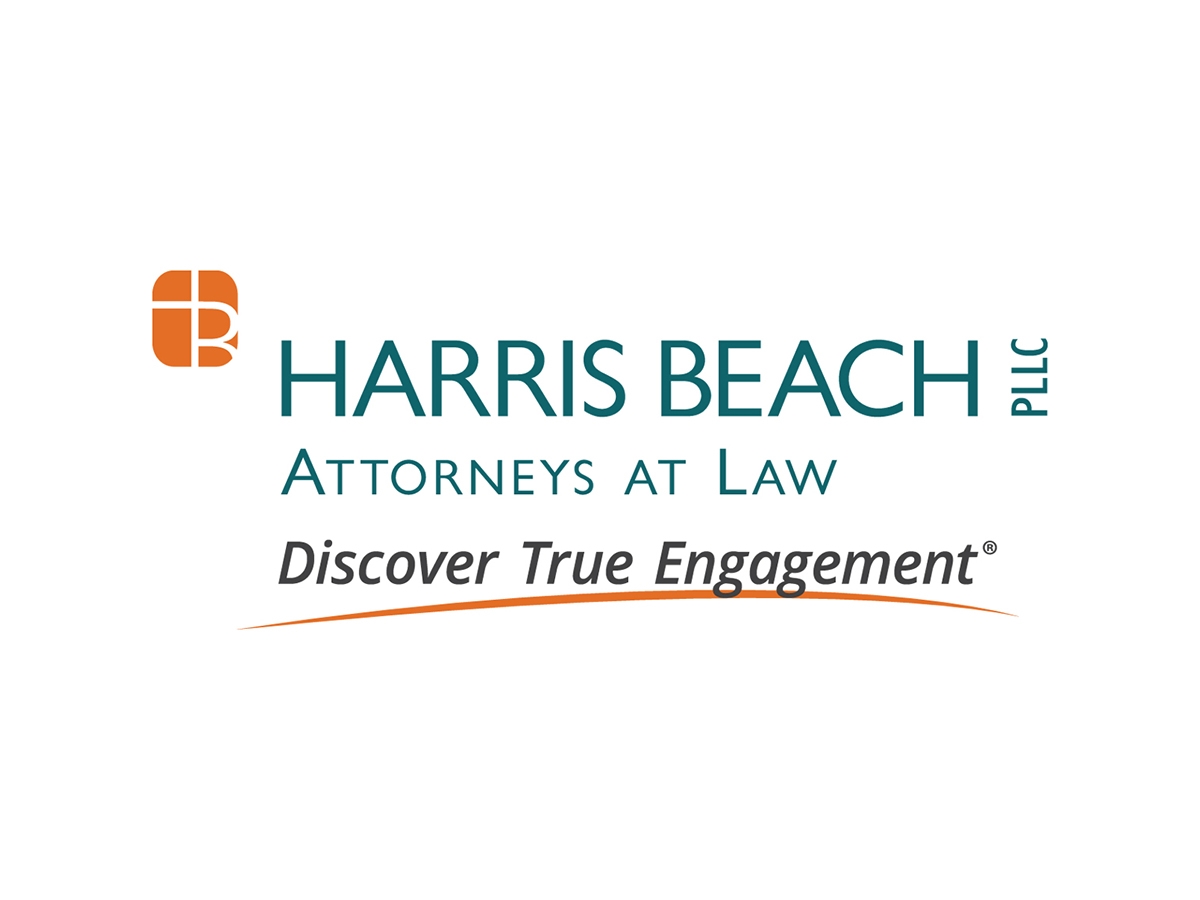Trial Court Ruling Threatens Patent Portfolio Development | Sunstein LLP
A recent decision by a San Francisco federal district court judge imperils the way many significant patent portfolios are developed. In Sonos v. Google, Judge William Alsup held that two patents asserted by Sonos against Google are unenforceable because “the patents issued after an unreasonable, inexcusable, and prejudicial delay of over thirteen years by the patent holder” (emphasis in original). In this case, the jury had awarded Sonos $32 million for Google’s infringement of the Sonos patents. Thereafter, Judge Alsup used the rarely invoked doctrine of prosecution laches to overturn the award and to hold that the Sonos patents are unenforceable.
Judge Alsup stands traditional patent law practice on its head, finding that “diligently prosecut[ing] patent applications in the interim does not render the delay any less unreasonable and inexcusable.” In fact, Judge Alsup says that diligent prosecution actually “renders the delay all the more unreasonable and inexcusable.”
According to Judge Alsup, a company building a patent portfolio should normally consider filing applications in parallel. He said:
At all relevant times in the more than thirteen years it took for Sonos to present its claims, Sonos had related applications on file. It would have been a small step for Sonos to amend those applications to claim the invention.
In the view of Judge Alsup, nothing would prevent the filing of a number of applications in parallel so as early to “claim the invention that mattered.” In this view, the invention, like the birth of Venus in Botticelli’s painting (depicted below), immediately springs to life, fully endowed and fully developed.
The problem with this view is that inventions are not born instantly. Edison has been credited with saying that “genius is one per cent inspiration, ninety-nine per cent perspiration.” Invention is usually an incremental process, and the refinement of an invention may require many years of effort. As a consequence, a patent filing often results from a somewhat arbitrary time slice in the process of innovation, at a point when the inventor thinks enough has been developed and incorporated into the patent application that it can be filed. Whatever insight first inspires an invention usually must be further developed over a period of time into a structural context by which someone (hopefully the inventor) achieves a practical application of the invention. Thus, to develop a working electric light bulb, Edison and his team of researchers tested some 1600 different materials.
Often when an inventor first files a patent application for an invention, the inventor’s explanation of the invention in that application represents only an initial understanding. The patent application documents the state of an invention at a given point of time, but the characterization of that invention by the claims can be further developed. The claims can be amended while the patent is pending as long as the concepts in the claims are fully supported by the patent application’s initial disclosure.
On the other hand, an inventor cannot simply file a patent application and then add the details later. The claims of a patent application will not be allowed in an issued patent unless the originally filed patent application provides complete support for the claims that are being advanced in the patent application.
In addition to the direct challenges of implementing an invention, other factors can affect when an invention will be in a patent filing. The timing of an invention must coincide with a marketplace ready to receive it. If the invention is too early or too late for the marketplace, it may be doomed to oblivion.
Fortunately, these circumstances—the challenges in understanding and implementing an invention, as well as the requirement of ripeness of an invention for introduction to the marketplace—have been addressed at least in part by the patent system, which enables an inventor with a pending patent application to file a series of one or more “continuation” applications, which recharacterize the invention in accordance with later understandings and developments.
In fact there are at least two types of continuation applications. One type of continuation application, which I call a “straight continuation,” is prepared as an exact copy of the pending application, with precisely the same drawings and the same description; only the claims are changed, but with the requirement that the new claims must still be fully supported by the disclosure of the description in the application when it was first filed. A straight continuation application enjoys the benefit of the filing date of the original application.
In another type of continuation application, a “continuation in part” (“CIP”), the later-filed application may include subject matter that goes beyond the disclosure of the parent application; this new subject matter is accorded a new filing date, so the CIP application actually has two different filing dates, the original filing date for subject matter that overlaps both applications, and a later filing date for the new subject matter.
The patents in Sonos v. Google issued from a series of straight continuation applications. These asserted patents (numbers 10,469,966 and 10,848,885) stem from a single provisional application filed by Sonos in 2006, followed by a single non-provisional (i.e., regular) patent application filed in 2007 that had issued (as patent 8.483,853) in 2013. After that single non-provisional application was filed, successive continuation applications were filed and prosecuted, leading eventually to issuance of the asserted patents.
Once that first patent had been issued in 2013, the contents of its application and procedural history became public information. Subsequent continuations were published soon after they were filed, making their contents and prosecution histories public information.
Judge Alsup ruled that a claim amendment made by Sonos contained new matter and was not supported by the 2006 and 2007 patent applications. This ruling is problematic because the Patent and Trademark Office allows a claim to be amended only if the Office believes that the amendment is supported by the content of the original application. Generally those rules are rigidly enforced.
Judge Alsup also upbraided Sonos for filing 70,000 pages of disclosures when it filed a continuation application while requesting expedited review. Yet this submission may have been required, since failure to disclose prior art known to the applicant is a violation of the applicant’s duty of candor to the Patent and Trademark Office. Additionally, a conscientious applicant may wish to be thorough in finding and submitting prior art to the Patent and Trademark Office because it is much more challenging for an accused infringer to argue that a patent should be invalidated on the basis of prior art that the Patent and Trademark Office had already considered during prosecution of the patent. In other words, in filing its disclosures, Sonos was doing its job.
Sonos has appealed of Judge Alsup’s decision, and its appeal brief makes a compelling case that Judge Alsup reached his “new matter” determination without presenting these issues to the jury or giving Sonos an opportunity to address them, and furthermore without any motion by Google that had directly raised this issue. Because the equitable ruling of prosecution laches by Judge Alsup depended on extensive fact-finding by him without briefing, argument, or any jury determination, the ruling is subject to challenge.
Judge Alsup’s ruling can be understood as a direct attack on the use of continuation applications. The factors described above, namely the long gestation of inventions before they can be implemented and the ripeness of an invention for introduction to the marketplace, have made it common practice, over more than a century, for inventors to use and file continuation applications. In the development of patent portfolios in all technical fields, including in computer technology and the life sciences, it is normal, when an application for a patent has been allowed, to consider the desirability of filing a continuation application to maintain an active pending application that covers the subject matter of the allowed application.
Although years ago there were opportunities for companies building patent portfolios to use continuation applications to obtain unfair advantages, changes in patent law have removed some of these opportunities. For example, until the patent law was amended in 1995, pending applications were confidential and the duration of a patent was 17 years after issuance. These rules allowed a competitor to develop a portfolio of patents, to delay the issuance of the patents for many years and still have them last for 17 years after the issue date. The unpublished, long-lived patent applications gave rise to the term “submarine patent.”
These unfair practices are not possible under current law. The duration of a patent under present law is 20 years after the earliest nonprovisional filing date, generally regardless of what happens later in its prosecution. Furthermore, subject to limited exceptions, a patent application is published 18 months after its priority date, so its prosecution thereafter is public information. Since the priority date of a continuation application is the date of the original patent application that is being “continued”, the publication may be quite prompt. The continuation applications for the Sonos patents challenged by Google were published soon after they were filed, for example.
In summary, the federal district court’s decision in Sonos v. Google unfairly punishes Sonos in its development of a patent portfolio. To require a company to prosecute in parallel all potential applications for an invention from the outset imposes a large financial burden on innovation and forecloses later filing of continuation applications that better characterize the technology.
The Federal Circuit, to which Sonos has appealed, should vacate the decision of Judge Alsup as having denied Sonos due process of law. The question remains what should happen after the decision is vacated. The record of the jury trial had already been fully developed. Should Google be given a renewed opportunity to attack the Sonos patents? Perhaps on remand Google should be required to show a basis in the record for raising one or more of the issues that Judge Alsup raised on his own, and, only to the extent that such a basis has been demonstrated, should there be further proceedings.
The American Intellectual Property Law Association, The George Washington University Law School Intellectual Property and Technology Law Clinic, and Alliance of U.S. Startups & Inventors for Jobs have filed amicus briefs in the appeal of the district court’s decision. Each amicus brief urges reversal of the finding of patent unenforceability. These briefs and the appeal brief of Sonos point to flaws in the trial court’s analysis of the prosecution by Sonos of its patents as well as in the court’s theory of prosecution laches. It is to be hoped that, on appeal, the Federal Circuit will remove the threat to normal continuation practice posed by the trial court’s decision.







